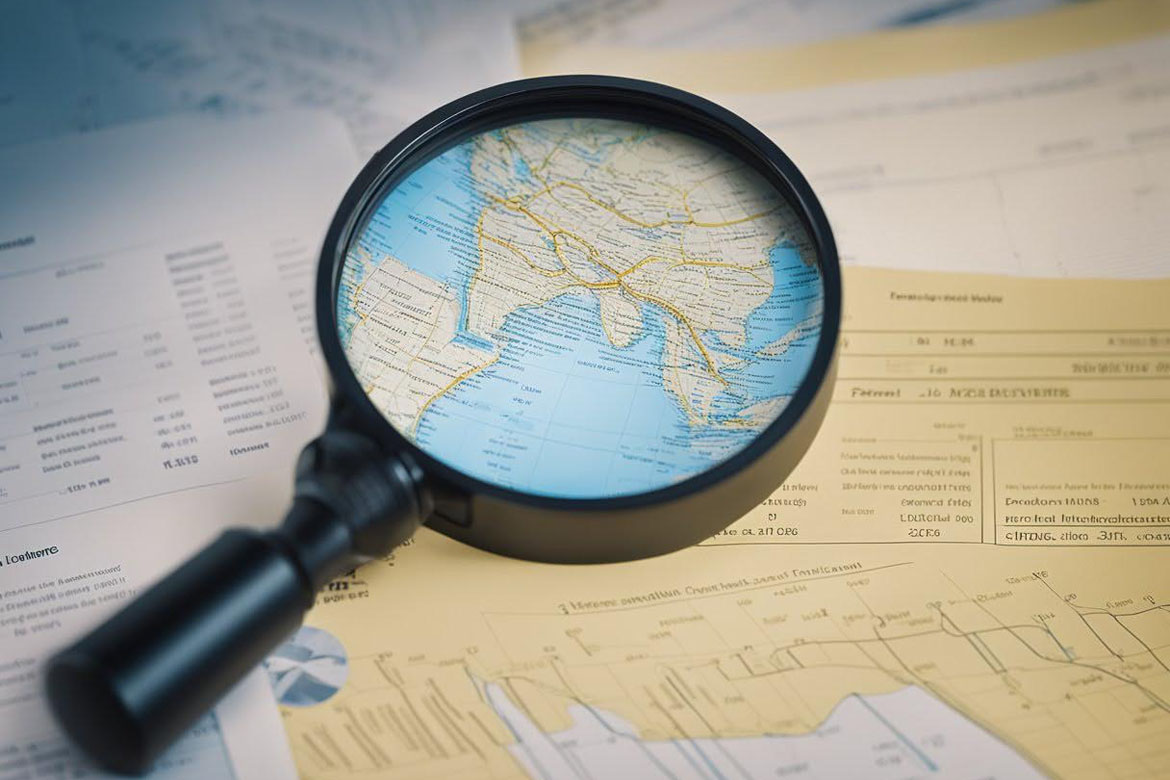How does a policy limits trace differ from other types of insurance investigations?
Insurance investigations are an essential aspect of claim processing, where insurers assess the validity and extent of a claim before disbursing funds. A policy limits trace is a specific kind of investigation that fundamentally differs from regular insurance inquiries. These traces focus on determining the maximum amount an insurance policy will pay for a covered claim.
Unlike broader insurance investigations that might involve assessing the cause of an incident, the extent of damages, or the liability of parties involved, a policy limits trace zeroes in on the financial ceiling of the policy in question. Insurers undertake this specialized investigation to prevent overpaying on claims and to manage their financial exposure effectively. Understanding the nuances of a policy limits trace as opposed to other insurance investigations is key for both insurance professionals and policyholders.
Policy Limits Trace Explained
When investigating insurance claims, understanding the policy limits is essential. A policy limits trace is specifically aimed at determining the maximum amount an insurer will pay under a given policy.
Purpose of Policy Limits Trace
The primary goal of a policy limits trace is to find policy limits which define the insurer's liability in the event of a claim. Insurance companies, legal professionals, and individuals may perform this type of investigation for a number of reasons:
- To assess the risk and value of a potential lawsuit.
- For insurers, to ensure they do not pay out more than the stipulated policy coverage.
- For insured parties, to understand their coverage extent in case of a filed claim.
- To facilitate settlement discussions by having a clear understanding of policy bounds.
Distinguishing Policy Limits Trace from Other Insurance Investigations
In insurance investigations, understanding the distinct processes and objectives is critical. A policy limits trace, in particular, stands apart in its methodology, scope, and impacts on policyholders.
Methodologies Employed
Policy limits trace investigations typically involve an analytical review of an insurance policy to identify the maximum amount that an insurer will pay under the terms of the policyholder's coverage.
Other insurance investigations may use broader methodologies including field investigations, interviews, surveillance, and forensic analyses, which are not commonly used in policy limits traces.
Scope of Investigation
The scope of a policy limits trace is narrower when compared to other types of insurance investigations. It focuses solely on determining the coverage cap set by the policy, while other investigations may delve into the cause of claims, liability issues, or the possibility of fraudulent activities. To elucidate:
- Policy Limits Traces: Examine specific policy documents to find policy limits.
- Other Investigations: May assess a wide range of factors external to the policy itself.
Implications for Policyholders
For policyholders, the outcome of a policy limit trace has direct financial implications concerning the coverage they can expect to receive. It is typically a fact-finding mission with less intrusion into the policyholder's personal matters.
By contrast, other insurance investigations can lead to broader consequences, potentially affecting future insurance rates, claim outcomes, or even legal action depending on the findings.






